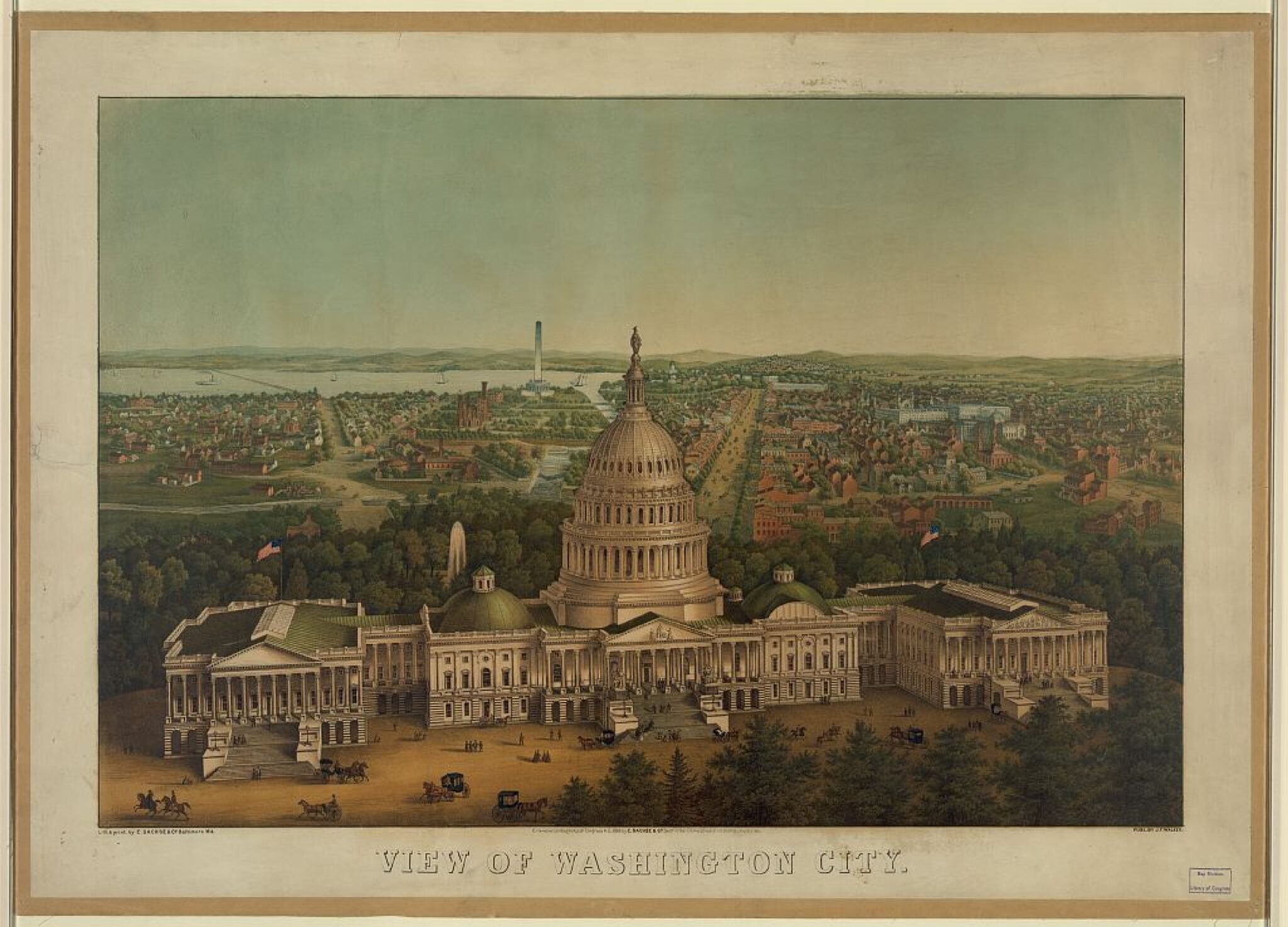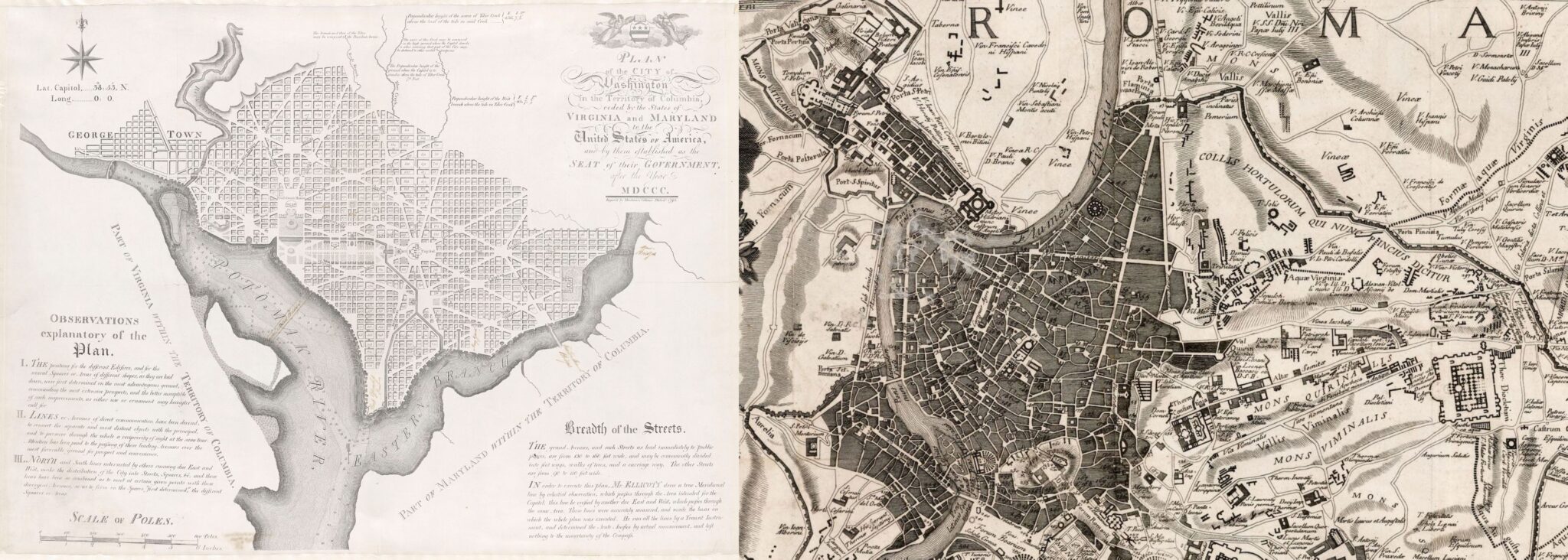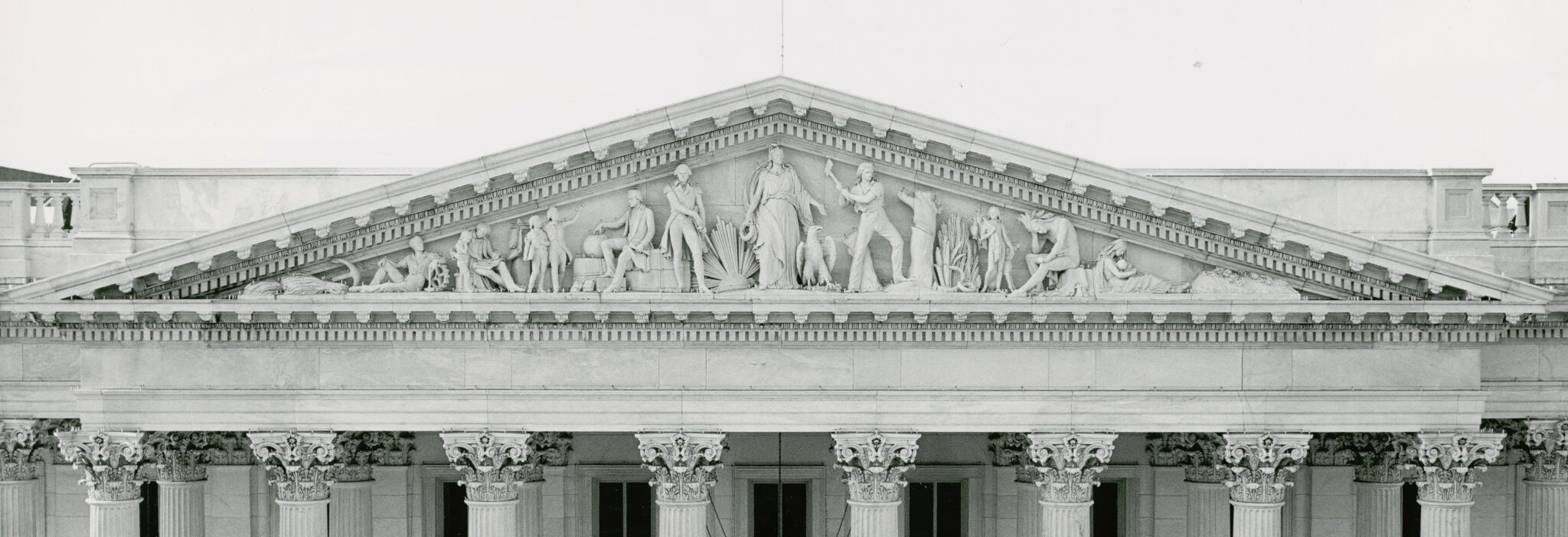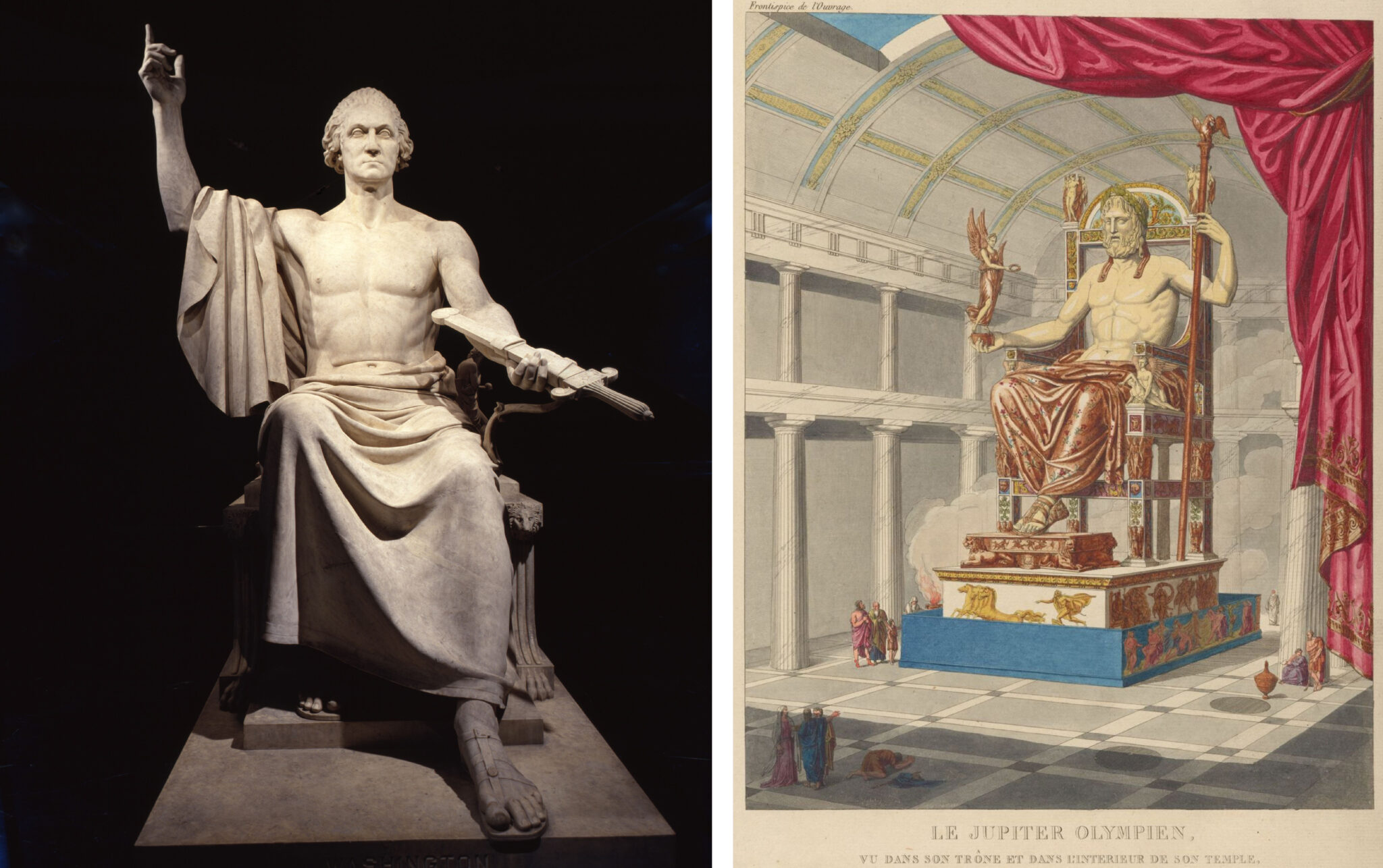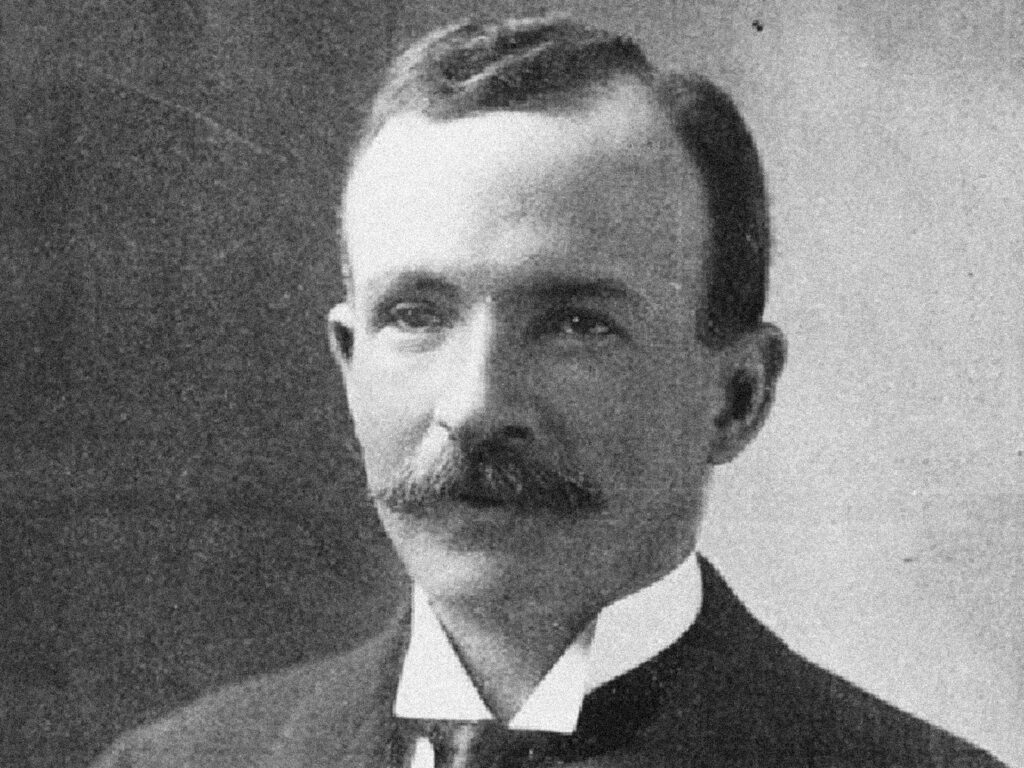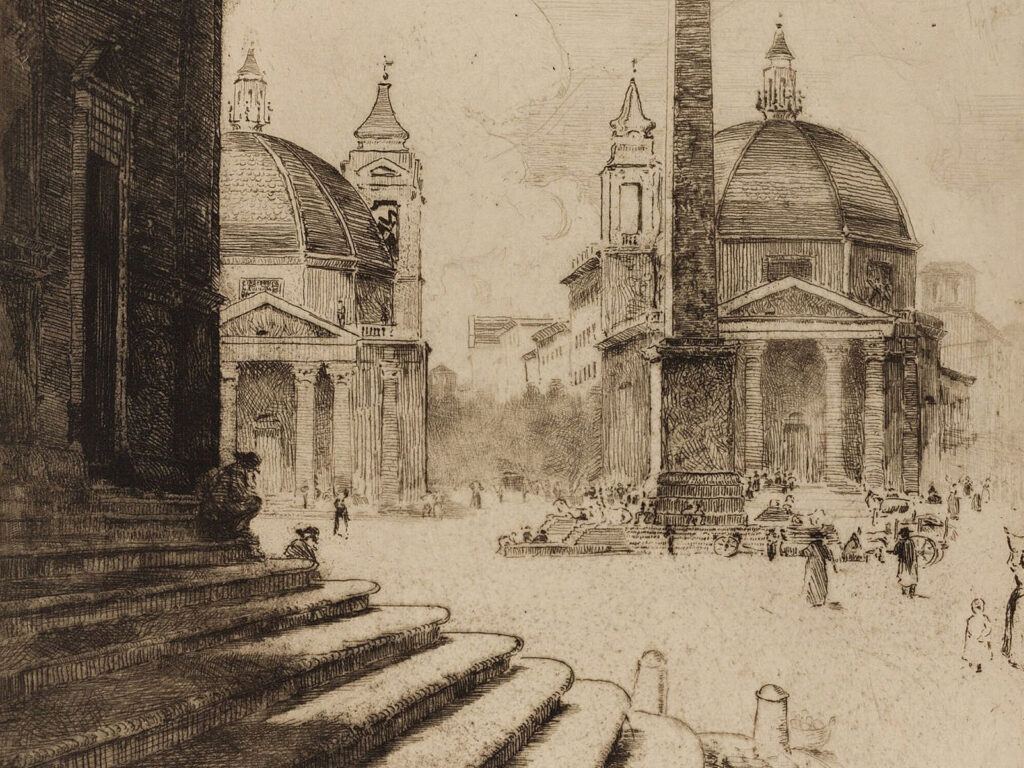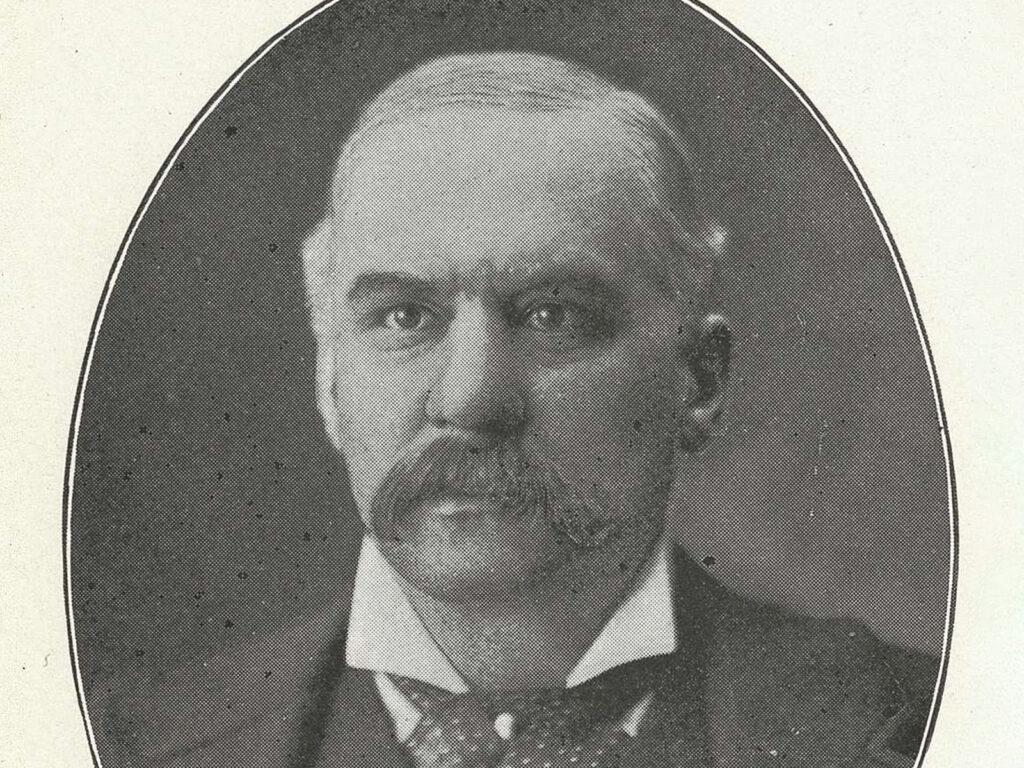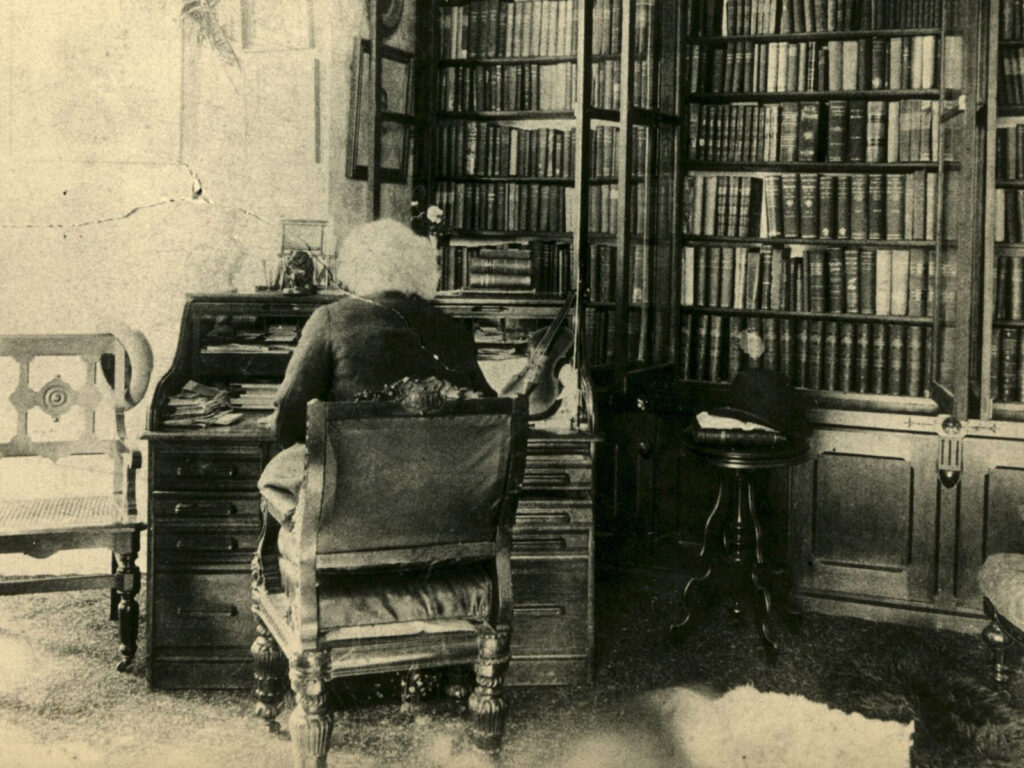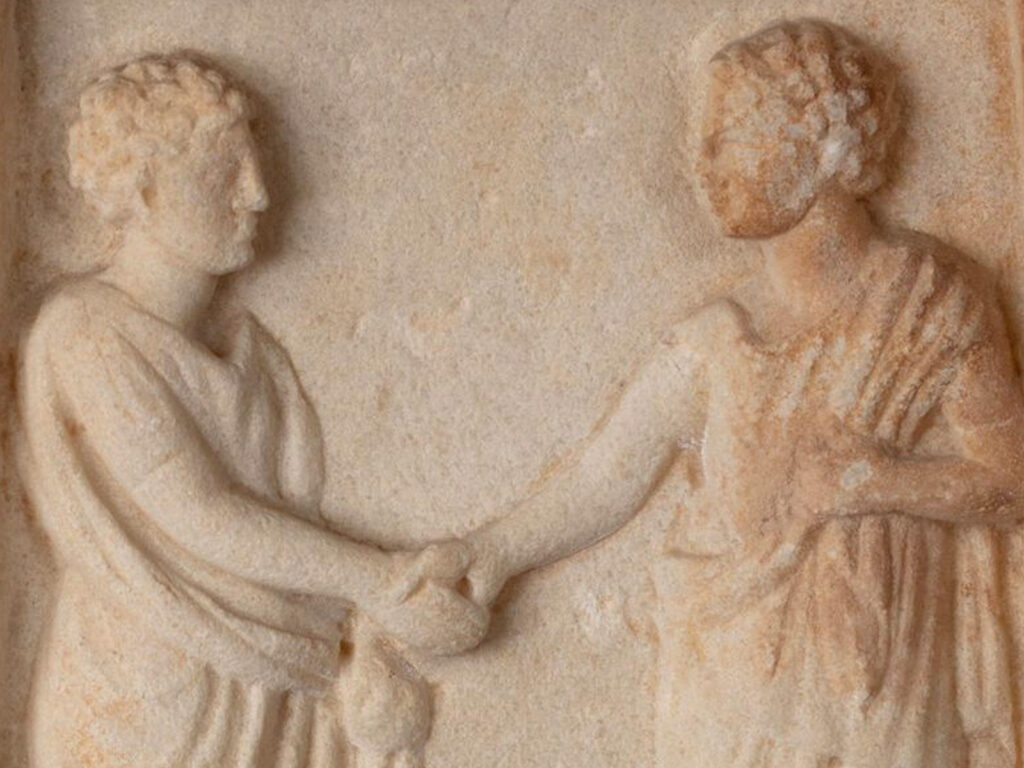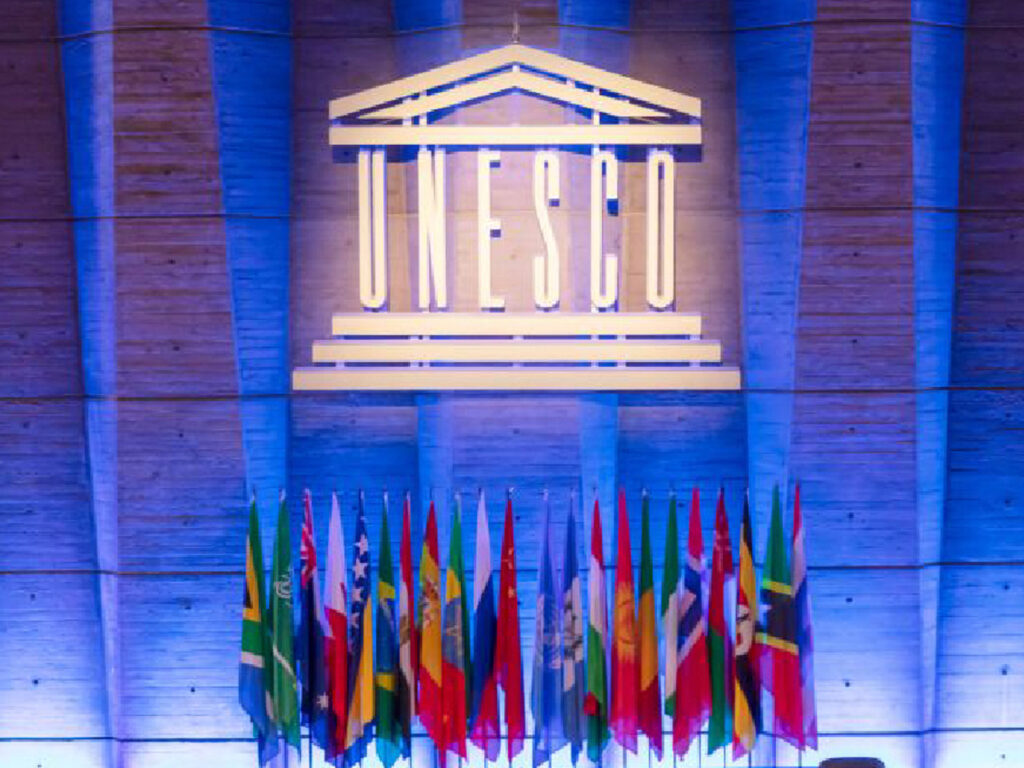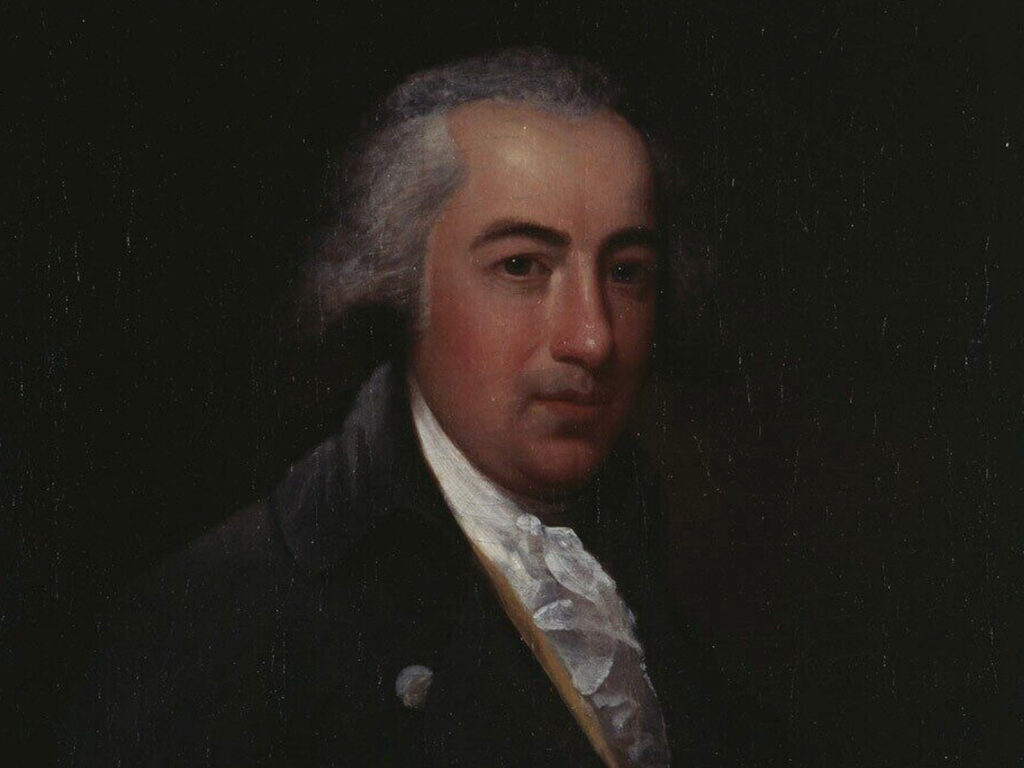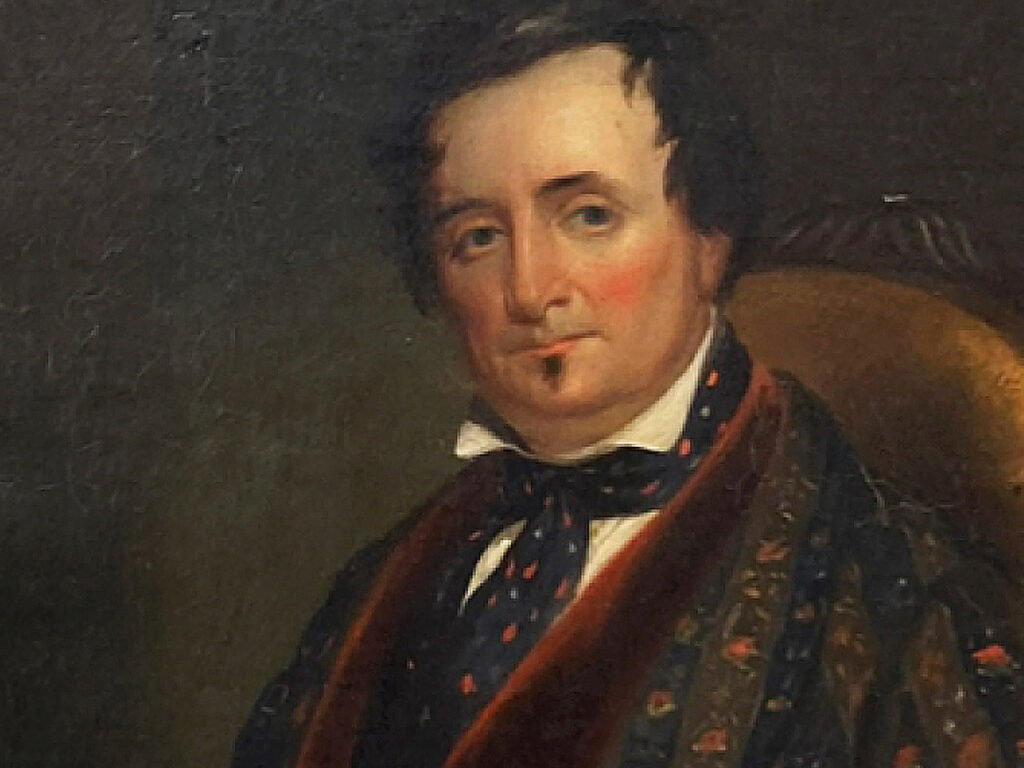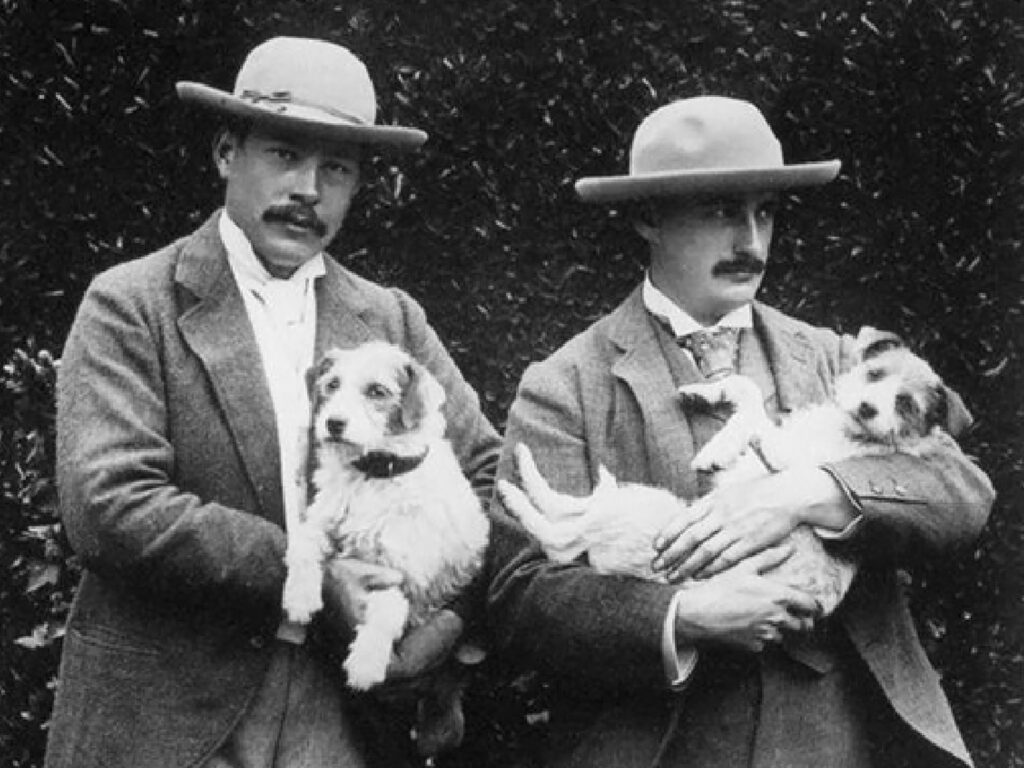Suggestions for Further Reading
Allen, William C. History of the United States Capitol: A Chronicle of Design, Construction, and Politics. Washington, DC: US Government Printing Office, 2001. link
Bedford, Steven McLeod. John Russell Pope: Architect of Empire. New York: Rizzoli, 1998.
Berg, Scott W. Grand Avenues: The Story of the French Visionary Who Designed Washington, D.C. New York: Vintage Books, 2007.
Friedland, Elise A. “Pompeii on the Potomac: Constantino Brumidi’s Nineteenth-Century, Roman-Style Frescos for the Naval Affairs Committee Room in the United States Capitol.” The Capitol Dome 56.1 (2019): 2–15. link
George Washington University Museum and the Textile Museum. Gallery Guide for Eye of the Bird: Visions and Views of D.C.’s Past, 2018. link
Highsmith, Carol M. and Ted Landphair. Union Station: A Decorative History of Washington’s Grand Terminal. Washington, DC: Chelsea Publishing, 1988.
Miller, Katya. “An Appreciation of Thomas Crawford’s Statue of Freedom: A Statue Called America, Pocahontas, Liberty, and Freedom.” The Capitol Dome (2007): 18-30.
Miller, Katya. “Behold the Statue of Freedom: Sculptor Thomas Crawford & Senator Charles Sumner.” The Capitol Dome 50.3 (2013): 16–23. link
Rand, Harry. Horatio Greenough and Form Majestic: The Biography of the Nation’s First Washington Monument. Washington, D.C.: Smithsonian Scholarly Press, 2020.
Richard, Carl. The Founders and the Classics: Greece, Rome, and the American Enlightenment. Cambridge, MA: Harvard University Press, 1995.
Richard, Carl. Greeks & Romans Bearing Gifts: How the Ancients Inspired the Founding Fathers. Lanham, MD: Rowman & Littlefield Publishers, 2009.
Robertson, Charles J. Temple of Invention: History of a National Landmark. London: Scala Publishers, 2006.
Scott, Pamela. Fortress of Finance: The United States Treasury Building. Washington, DC: Treasury Historical Association, 2010.
Thomas, Christopher A. The Lincoln Memorial and American Life. Princeton, NJ: Princeton University Press, 2002.
Winterer, Caroline. The Culture of Classicism: Ancient Greece and Rome in American Intellectual Life, 1780-1910. Baltimore: Johns Hopkins University Press, 2002.
